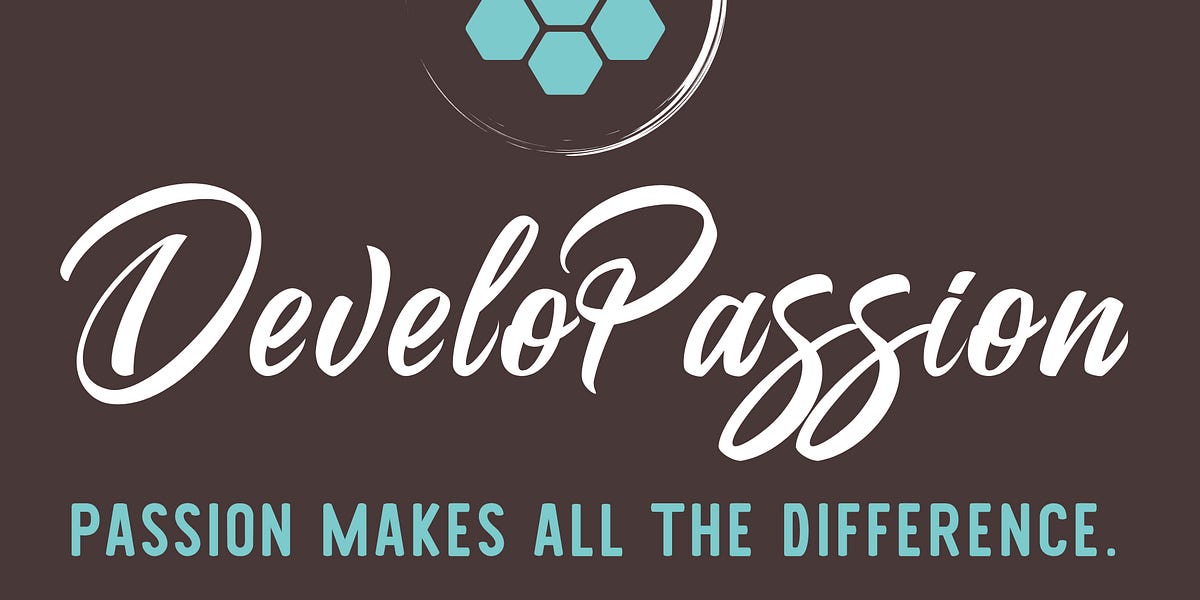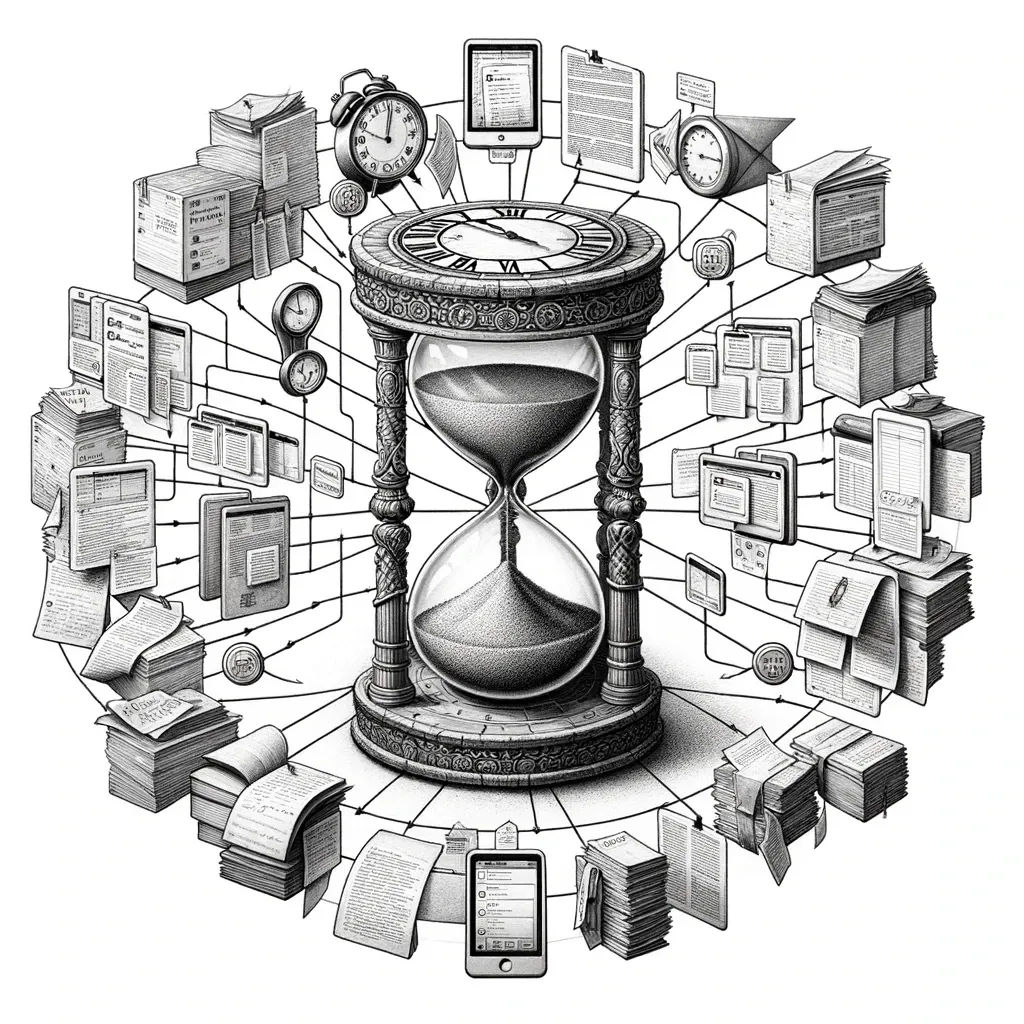Streamline Your Note-Taking - Why Daily Notes Should Be Your Capture System
Transform your note-taking workflow by using daily notes as your primary capture system. Learn how to maintain focus, save time, and create better connections between your ideas

Do you interrupt your workflow multiple times a day to create new notes? Each time, you waste precious minutes deciding where to put them, what to name them, and how to connect them to your knowledge base. In this article, I want to show you a more efficient approach: using daily notes as your primary capture system.
Introduction
Note-taking is essential for knowledge workers. It helps us remember, think, and create. But traditional capture methods actually hurt our productivity by forcing constant context switching and creating unnecessary administrative overhead.
Let me show you a better way that will help you maintain flow, save time, and create better connections between your ideas.
Let me listen to this 🎙️
I have used AI to generate a podcast version of this article. You can find it here:

The Problem with Creating Notes on the Fly
Creating new notes immediately for each idea causes several issues:
- Constant workflow interruptions
- Time spent on note administration instead of thinking
- Premature decisions about structure and connections
- Missed patterns across related ideas
- Duplicate or fragmented notes
- Mental overhead from constant organization
A Better Approach: Daily Notes as Your Capture System
Instead of creating new notes immediately, use your daily notes as a capture system. Here's how it works and why it's better.
1. Quick Capture During the Day
When an idea strikes or you learn something new:
- Write it in your daily note's "Discovered Today" section
- Use simple nested bullet points
- Include just enough detail to remember the concept
- Continue with your work immediately after
This maintains your flow while ensuring no ideas are lost.
2. Weekly Processing
During your weekly review, transform your daily captures:
- Review the week's daily notes
- Identify valuable ideas to convert into permanent notes
- Look for themes and connections across the week
- Create proper notes with complete metadata
- Remove duplicates or combine related ideas
This batch processing approach is far more efficient than creating notes one by one.
3. Time-Based Organization
Your notes naturally flow through a temporal structure:
- Daily notes → Weekly notes
- Weekly notes → Monthly notes
- Monthly notes → Quarterly notes (optional)
- Quarterly notes → Yearly notes
This facilitates capture, but also creates long-term leverage. With periodic notes, you get to see everything at a glance. Everything you've learned, but also everything you've achieved, the challenges you faces, etc (depending on what you capture in your journal).
Key Benefits
Maintain Flow and Focus
- No workflow interruptions
- Quick capture without decisions
- Ideas safely stored for later
- Reduced context switching
Better Idea Development
- Time for concepts to mature
- Natural connection discovery
- Related ideas combine organically
- Better filtering of what's truly valuable
Efficient Processing
- Bulk note creation saves time
- Better metadata and connections
- Natural theme discovery
- Usually takes just 10-15 minutes weekly
Improved Knowledge Organization
- Clear temporal context
- Multiple retrieval paths
- Natural idea clusters
- Better understanding of concept evolution
Implementation Guide
Setting Up Your Daily Note
Create a dedicated capture section in your daily note template:
## Discovered Today
- Idea 1
- Key point
- Related thoughts
- ...
- Idea 2
- Main concept
- Examples
- Links/References
- ...
Keep it simple. Just capture the core ideas, immediate thoughts, and optionally additional information (e.g., links, references, context, etc). You can consider those as "atomic notes".

Weekly Review Process
- Review your daily captures
- Identify valuable ideas to convert
- Look for themes across the week
- Create proper notes with:
- Clear titles
- Relevant tags
- Meaningful connections
- Complete metadata
For more information about this, check out my other articles:



Integration Tips
- Create consistent capture sections in daily notes
- Develop a regular weekly review habit
- Expand with other periodic reviews (e.g., monthly, yearly, etc)
- Start simple and refine over time
Common Questions
Is this a best practice?
No, it's just a proven approach. It's not a rigid rule. I sometimes create notes immediately and add links/metadata. But oftentimes I don't, because I have other things to focus on.
How to Ensure Nothing Gets Lost?
Daily notes are a reliable capture system. Your regular weekly review ensures all valuable ideas get processed. It's okay if you miss a few reviews. You can always find those notes back and perform the reviews and "notes extraction" later on.
How to Handle Large Volumes of Notes?
The batch processing approach actually handles volume better than immediate note creation. Weekly review time scales well with practice. But if you struggle to keep up, it's not the end of the world. I often don't have time to create all the notes I want. When that happens, I either just forget about it all for a while, or put the notes into my current daily note so that I don't forget about those. Note-making is rarely urgent.
Next Steps
Ready to transform your note-taking workflow? Here's how to start:
- Start journaling if you haven't already
- Create a "Discovered Today" section in your daily notes
- Capture ideas there without creating new notes
- Schedule weekly reviews to process your captures
- Adjust the system based on what works for you
Again, start simple. Focus on building the capture habit first. You can refine your process as you go.

That's it for today! ✨
About Sébastien
I'm Sébastien Dubois, and I'm on a mission to help knowledge workers escape information overload. After 20+ years in IT and seeing too many brilliant minds drowning in digital chaos, I've decided to help people build systems that actually work. Through the Knowii Community, my courses, products & services and my Website, I share practical and battle-tested systems. You can follow me on X 🐦 and on BlueSky 🦋.
I am an author, founder, and coach. I write books and articles about Knowledge Work, Personal Knowledge Management, Note-taking, Lifelong Learning, Personal Organization, and Zen Productivity. I also craft lovely digital products.
If you want to follow my work, then become a member and join our community.
Ready to get to the next level?
If you're tired of information overwhelm and ready to build a reliable knowledge system:
- 🎯 Join Knowii and get access to my complete knowledge transformation system
- 📚 Take the Course and Master Knowledge Management
- 🚀 Start with a Rock-solid System: the Obsidian Starter Kit
- 🦉 Get Personal Coaching: Work with me 1-on-1
- 🛒 Check out my other products and services. These will give you a rock-solid starting point for your note-taking and Knowledge Management efforts











